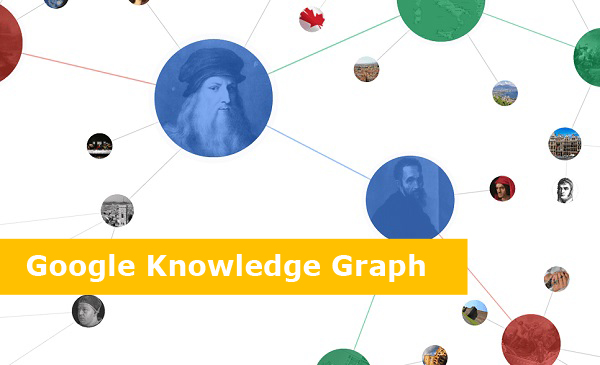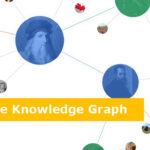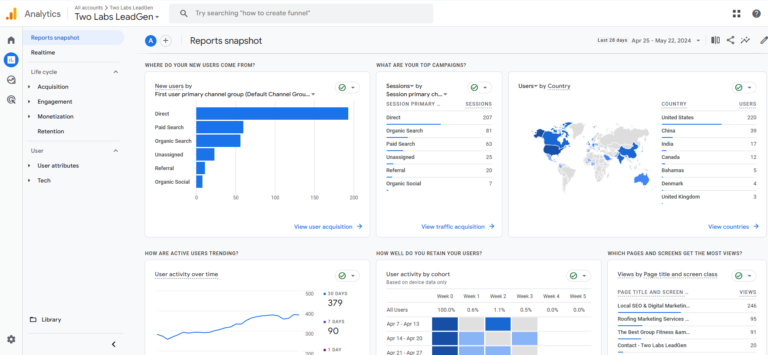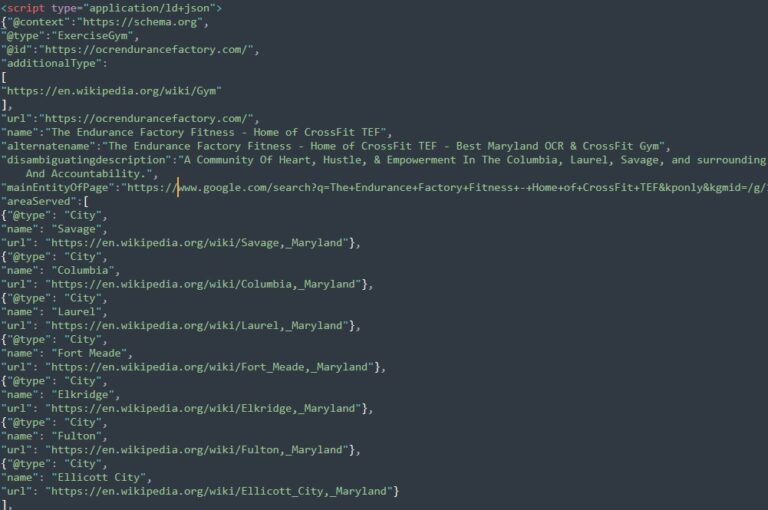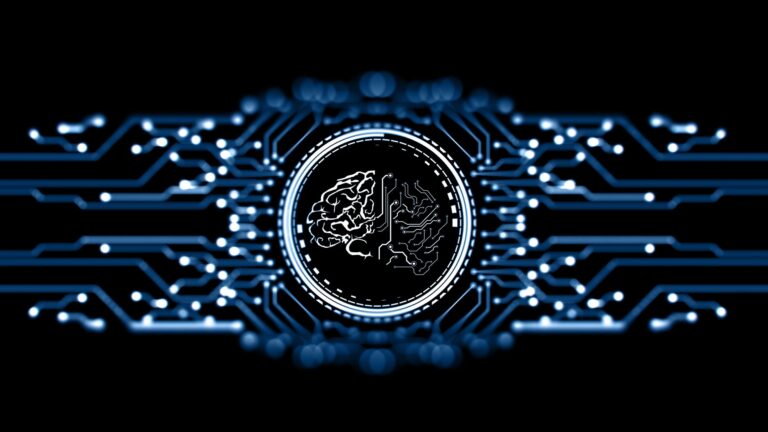Table of Contents
ToggleThe Google Knowledge Graph is a sophisticated, data-driven system that revolutionized search engine technology by understanding and connecting facts about entities such as people, places, and things. Harnessing a vast network of semantic relationships extracted from millions of data points across the web, this technology transcends keyword recognition to grasp a broader context, akin to human understanding. The resultant precision in search results and personalized user experience has significantly impacted digital strategies, necessitating content alignment with its semantic understanding. This introduction delves into the complexities, functionality, and influence of the Google Knowledge Graph on the digital landscape.
Key Takeaways
- The Google Knowledge Graph is a powerful tool designed to enhance users’ search experience by offering concise summaries and improving the relevance of search results based on user patterns.
- It is a complex network of semantic associations and linguistic principles that understands the meaning and context behind search queries, constantly expanding and refining its understanding.
- Linguistics and semantics play a crucial role in the Google Knowledge Graph, as advanced linguistic algorithms analyze sentence structures and language patterns, and entity recognition identifies and classifies entities within content.
- The Google Knowledge Graph revolutionizes online information retrieval by enhancing search efficiency, presenting information in an easy-to-understand format, and providing more relevant and accurate results.
Understanding the Concept of Google Knowledge Graph
It’s an intelligent model that understands facts about people, places, and things and how these entities are all connected. This tool leverages semantic search techniques, processing natural language queries to offer a concise summary of the subject from various sources. With detailed analysis of user’s search patterns, Google Knowledge Graph improves the relevance of search results, tailoring information to the user’s needs and interests. Furthermore, it’s not only a significant step towards more intuitive and conversational searches but also a valuable resource for digital marketers to boost their visibility on search engine result pages.
The Architecture Behind Google Knowledge Graph: An Insight
This system is based on a structured database, which leverages a variety of linguistic concepts such as morphological analysis and semantic role labeling. This semantic architecture allows the Knowledge Graph to understand the meaning and context behind search queries, leading to more accurate and relevant search results.
The database is constantly expanding and refining its understanding of entities and their interconnections, using a vast array of data sources. This continuous evolution is driven by machine learning algorithms, which analyze and adapt to user behavior, further enhancing the Knowledge Graph’s precision and user experience. Each of these components work in harmony, creating a sophisticated and efficient search tool.
How Google Knowledge Graph Enhances Search Results

Through its complex network of semantic associations, the Google Knowledge Graph significantly improves the relevance and accuracy of search results. It achieves this by establishing connections between entities, thereby providing more contextually pertinent information. For instance, when searching for a renowned author, the Knowledge Graph doesn’t just return books written by said author, but also pertinent information about their life, related authors, and genres they’re associated with. This rich tapestry of data is a direct result of Google’s semantic understanding, enabling a more nuanced search experience. Furthermore, the Knowledge Graph leverages machine learning algorithms to continuously refine these associations, thereby enhancing search accuracy over time. Thus, Google Knowledge Graph represents a pioneering advancement in making search results more relevant, detailed, and user-centric.
The Role of Linguistics and Semantics in Google Knowledge Graph
How does the intricate interplay of linguistics and semantics contribute to the functioning of the Google Knowledge Graph? To answer this, we must delve into the core mechanisms that enable this intricate system to efficiently map and retrieve information.
- Semantic Understanding: Google’s Knowledge Graph leverages semantic search technologies to comprehend user queries in the context of their meanings beyond mere keyword matching. This semantic understanding facilitates more accurate and relevant search results.
- Linguistic Analysis: The Knowledge Graph employs advanced linguistic algorithms to analyze sentence structures, and language patterns and to interpret the intent behind search queries, enhancing the precision of search results.
- Entity Recognition: Google’s algorithms identify and classify entities within the content, drawing on semantics to understand their significance and relationships. This helps the Knowledge Graph to build an interconnected web of knowledge, aiding in the provision of comprehensive, contextually relevant information.
The Unique Functionality and Benefits of Google Knowledge Graph
As a data-driven tool, it uses semantic understanding to organize information related to a user’s search query, thereby enhancing the relevance and accuracy of search results. This mechanism allows for a more precise, faster, and comprehensive discovery of data. It also provides a visually appealing and informative snapshot of key data related to a search term, offering an immediate understanding of the subject. The Google Knowledge Graph’s benefits extend to business too, as it can increase the visibility and credibility of brands that appear in its results, which can drive more web traffic and customer engagement. Overall, its functionality and benefits greatly enhance user experience and business visibility.
Impacts of Google Knowledge Graph on Online Information Retrieval
The data-driven tool, Google Knowledge Graph, revolutionizes online information retrieval by providing more relevant, accurate, and comprehensive search results. By sourcing information from a variety of platforms, it links related concepts and presents them in an organized manner, enhancing user experience significantly.
- Enhanced Search Efficiency: By understanding the searcher’s intent and the semantic meaning of queries, it provides more accurate results, reducing time spent on information retrieval.
- Interconnectivity of Information: It links related concepts, entities, and facts, making information more comprehensive and interrelated.
- Improved User Experience: By presenting information in an easy-to-understand format such as infographics, it simplifies complex data, enhancing users’ understanding and interaction with the retrieved information.
These impacts reflect Google Knowledge Graph’s commitment to providing a more intuitive, efficient, and user-friendly search experience.
Google Knowledge Graph: A Revolution in Search Engine Technology
While advancements in search engine technology continue to reshape our online interactions, it is the Google Knowledge Graph that stands as a revolutionary force, transforming the way we retrieve and consume information on the internet. By mapping out how facts and people link together, the Knowledge Graph brings a new level of sophistication to search queries, providing users with more accurate and relevant results.
| Why Knowledge Graph is Revolutionary | Impact on Search Experience |
|---|---|
| 1. Enhances semantic search | Delivers more precise results |
| 2. Understands user’s intent | Personalizes search suggestions |
| 3. Processes natural language | Facilitates voice search |
| 4. Links related information | Expands user’s knowledge |
| 5. Continually learns and evolves | Adapts to changing user behavior |
In short, this technology is not just a tool, but an intelligent assistant, adapting to our needs and shaping our online experiences.
Salient Features of Google Knowledge Graph that Make it Stand Out
Innovation stands at the forefront of Google Knowledge Graph, highlighted by its unique features that differentiate it from other search engine technologies. Google Knowledge Graph excels in its ability to analyze and interpret complex queries, delivering precise results to users.
The salient features that make Google Knowledge Graph stand out are:
- Entity Recognition: It identifies and understands the entities within a search query, thus providing more relevant results.
- Semantic Search: It comprehends the context and semantic meaning of search queries, going beyond mere keyword matching.
- Rich Results: It presents data in an organized and visually appealing manner, offering users a comprehensive understanding at a glance.
These features contribute to Google Knowledge Graph’s advanced, user-focused search experience, setting a high standard in the realm of search engine technologies.
The Positive Influence of Google Knowledge Graph on User Experience
Through its advanced features, Google Knowledge Graph significantly enhances the user experience by delivering accurate and contextually relevant search results. This tool has a profound influence on how users interact with information online, enabling them to find relevant data swiftly and efficiently.
The following table provides an analytical perspective of the Google Knowledge Graph’s impact on the user experience:
| User Experience Aspect | Influence of Google Knowledge Graph |
|---|---|
| Accuracy | Google Knowledge Graph ensures that search results are precise, thereby reducing the time users spend sifting through irrelevant data. |
| Relevance | It enhances the relevance of search results by understanding the context of the user query, providing users with more tailored responses. |
| Efficiency | The Google Knowledge Graph facilitates efficient searches, boosting user satisfaction and engagement on the platform. |
Essentially, the Google Knowledge Graph offers a streamlined, more user-centric search experience.
Google Knowledge Graph: A New Era in Semantic Search
The advent of the Google Knowledge Graph marks a revolutionary shift in semantic search, ushering in a new era of precision and contextual understanding in information retrieval. This revolutionary tool employs complex algorithms and rich databases to provide a more intuitive, user-friendly search experience.
- The Knowledge Graph excels at identifying the relationships between various data points, creating a web of interconnected information.
- It enhances the user experience by delivering precise and contextual search results.
- It employs machine learning techniques to refine its algorithms continually, ensuring its results stay relevant and accurate.
This new era in semantic search, powered by the Knowledge Graph, revolutionizes how we access and interact with information online. It’s a step towards a more intuitive, intelligent web, constantly evolving to meet users’ needs.
Frequently Asked Questions
How Does Google Knowledge Graph Differ From Traditional Search Engines?
Google Knowledge Graph differs from traditional search engines by leveraging semantic search techniques. It contextually connects data points, providing more accurate, comprehensive results, and transforming mere information retrieval into an interactive discovery process.
What Is the Role of Universal Standards in the Functionality of Google Knowledge Graph?
The role of universal standards in the Google Knowledge Graph’s functionality is pivotal. They ensure data consistency, interoperability, and accuracy, enabling the graph to provide reliable, relevant, and comprehensive search results to users worldwide.
How Does the Google Knowledge Graph Manage to Deliver Accurate and Relevant Search Results?
Google Knowledge Graph delivers accurate search results by utilizing semantic search techniques, analyzing user behavior, and integrating structured data. It maps relationships between entities, providing contextually relevant information based on query intent and semantics.
How Does Google Knowledge Graph Incorporate Industry-Specific Measures and Brands to Enhance User Experience?
Google Knowledge Graph incorporates industry-specific measures and brands through its semantic search capabilities. It identifies unique attributes, standards, and manufacturers, enhancing user experience by providing accurate, relevant, and comprehensive search results.
Can Google Knowledge Graph Be Used for Purposes Other Than Information Retrieval and if So, What Are They?
Yes, besides information retrieval, Google Knowledge Graph can be used for digital marketing, SEO optimization, providing personalized user experiences, and enhancing the effectiveness of Google’s own services like Google Assistant and Google Search.
Conclusion
The Google Knowledge Graph has redefined search engine technology by harnessing the power of semantics and linguistics. Its unique ability to comprehend and interconnect millions of data points significantly enhances search results and user experience. This revolutionary system not only represents a paradigm shift in search engine optimization strategies but also ushers in a new era in semantic search, further bolstering Google’s position as a leader in digital innovation.

